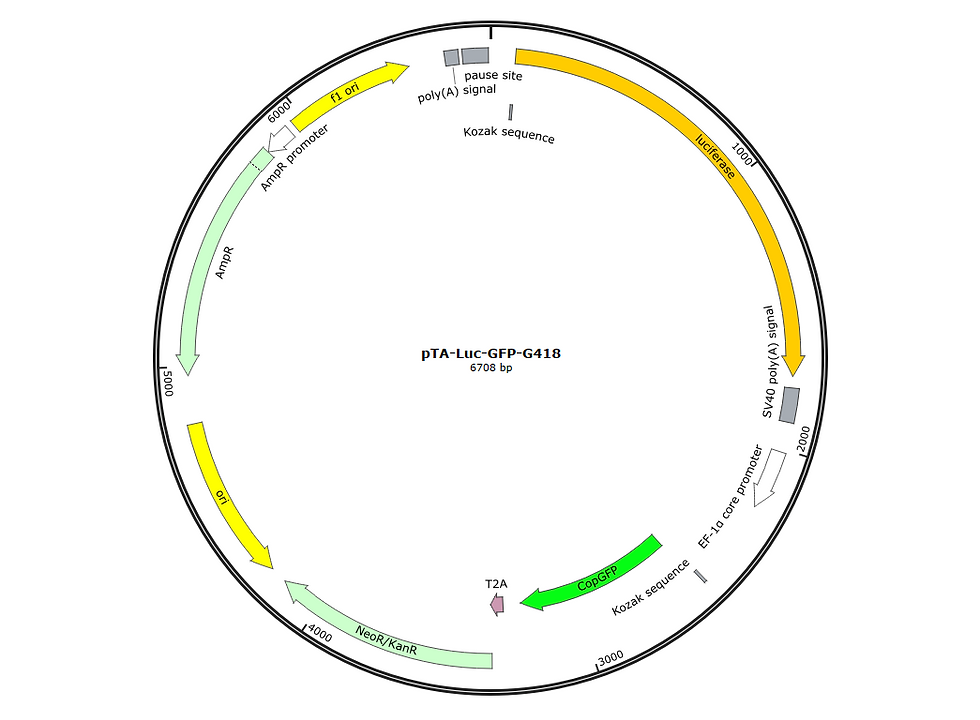
Toll Free 1-877-266-8388 Tel: 1-408-747-0771
Fax: 1-408-470-7719
Quick Lead Time | Global Overnight Delivery Available
Purchase Order: info@signosisinc.com

Transcription Factor Assays
Transcription factors (TFs) are DNA binding proteins that play essential roles in regulating gene expression. They act as sensors to monitor changes of cells and convert the signals into changes of gene expression. Often, a specific cellular signal pathway can activate multiple TFs and the expression of a specific gene is under the control of multiple TFs.
Signosis provides a variety of tools to meet a variety of needs and facilitate the analysis of transcription factors. The TF Activation Profiling Plate Arrays, Transcriptional Interaction TF Plate Arrays, and Promoter-Binding TF Profiling Array are for the analysis of multiple TFs, and TF Filter Plate Assays, EMSA Kits, Luciferase Reporter Vectors and Vector Sets, Luciferase Stable Cell Lines, TF ELISA, and TF Western Blot Detection Assay Kits can monitor individual TFs.
How to develop a comprehensive strategy for the analysis of transcription factors
To study transcription factor pathways comprehensively, researchers can adopt a stepwise approach integrating TF Profiling Plate Arrays, EMSA kits, and Reporter Vectors. Begin with TF Profiling Plate Arrays, which assess the activity of multiple transcription factors and their interactions, providing a broad overview of regulatory networks crucial for understanding complex cellular processes. Next, use EMSA kits, which focus on DNA-protein interactions, offering precise validation of transcription factor binding and elucidating their regulatory roles at specific genomic sites. Conclude with Luciferase Reporter Vectors, which serve as the endpoint analysis, linking transcription factor activity to functional gene expression, thereby offering quantitative insights into how transcription factors regulate downstream genes. The Promoter Binding Plate Array allows for specific assessment of transcription factor interactions with targeted promoter regions. The TF Filter Plate Assay enables high-throughput evaluation of a single transcription factor across multiple samples, streamlining binding activity analysis.
Our Key Research Kits











